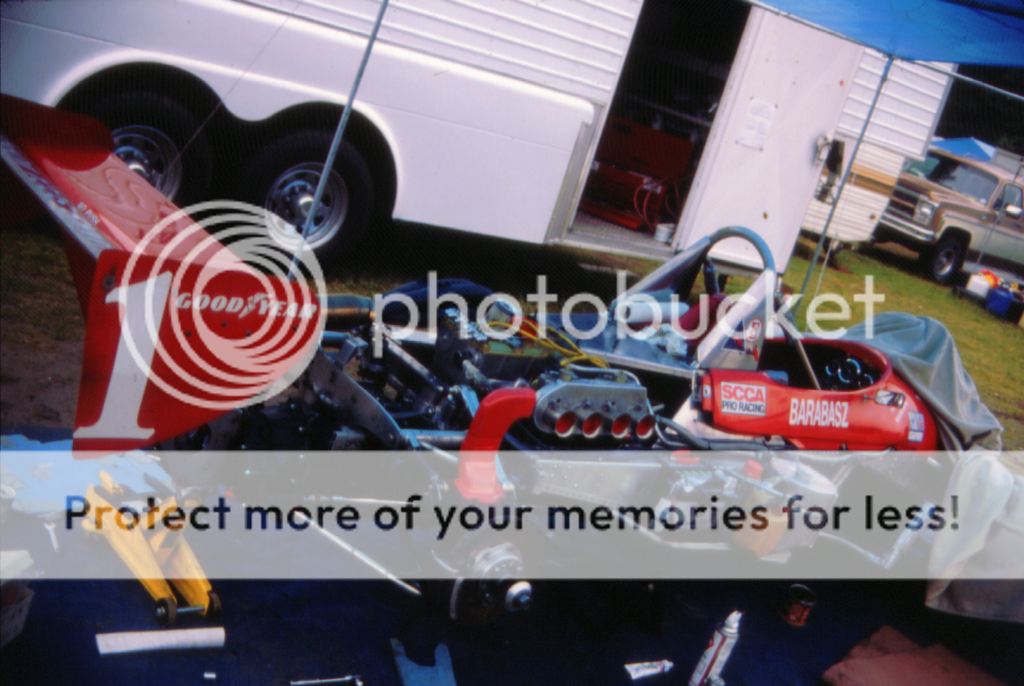 Originally posted by tuco
Originally posted by tuco 
Those are not newton rings in your examples. Newton Rings sometimes appear when the negative is not very flat and touching the glass in a glass carrier.
Thanks for the explanation.
The more I study the results, and try different settings, the more I am inclined to believe that the pattern I am getting is a result of the scanner transport mechanism. The thing makes (actually it has always) a gnawing noise as the scanner moves across the bed. This is the first time I have ever used the thing to scan slides and film, so it would be impossible to say if it is the age of it, or if it always would have produced such crappy results.
When I first got the thing (about 13 or 14 years ago) I scanned lots of color and black and white prints, with very nice results. The only limitations then were the wimpy operating systems and computers with relatively low RAM. There were many times when I scanned 8x10 color prints at the maximum resolution that the scanner would work at, and pretty much killed the computer. As time went on and I built more powerful machines I was able to revisit the scanning of large prints at higher resolutions and finally get the job done.
I had one image that was over 600mb in file size after scanning, and it took the machine forever to transfer the file to a CD. Even with today's dual processor 64 bit machines it is still troublesome to open the file and try to work with it. But the results were very nice.
So here I am with a computer that can handle the large file size of a high resolution image, and eager to find a scanner that will produce acceptable results. I may need to revisit the cost analysis, and step up to something a bit more costly. The Plustek scanners look promising, but only one person has responded here with their experience. And a review of the Plustek website doesn't really give me a clue what the difference is between the 3 models they currently have available.
There is also a stand alone scanner that uses a 14mp CMOS image sensor to scan the slides and film, but no one has commented on it here.
I may even give the bellows copier set up a go. That way, I'm not tied to a computer, and as the image sensors of cameras grow in resolution, so do my abilities for producing better quality copies.


 Similar Threads
Similar Threads 








 Link to larger file ->
Link to larger file ->  Click for full file ->
Click for full file ->  Click for full file ->
Click for full file ->  Click for full file ->
Click for full file ->  Click for full file ->
Click for full file -> 
 Fuji100, full res file ->
Fuji100, full res file ->  Fuji Reala full res file ->
Fuji Reala full res file ->  Full res file ->
Full res file -> 





 Post #34 by wildman
Post #34 by wildman








